An over 80-year-old idea is on the table in the United States
and Germany: separating risky investment activities from everyday
banking. But views differ on how strict the separation should be and if
it will even help.
In October 1929, the New York stock market crash plunged the American
economy into ruins. Within just a few years, the US government
implemented reforms that drastically changed the financial sector. The
Banking Act of 1933, otherwise known as the Glass-Steagall Act, saw the
separation of banking activities. It barred commercial banks, which
provided clients with normal savings and checking accounts as well as
loans, from underwriting stocks and bonds or otherwise dealing in risky
investments.
"As early as the 1920s, Senator Carter Glass, one of the authors of the act, believed that too much money was being pumped into speculative investments," said Hans-Joachim Voth, economic historian at Pompeu Fabre University in Barcelona. "With the Great Crash and ensuing Depression, Glass saw an opportunity for pushing through a clear separation of commercial banks from investment ones."
 Reform fervor back then, a fear of reform now
Reform fervor back then, a fear of reform now
The Glass-Steagall Act was not the only change made in the US banking sector. The US Securities and Exchange Commission (SEC) was established one year later - in 1934. It continues to enforce federal securities laws and regulate the industry in the United States. The Federal Deposit Insurance Corporation (FDIC), which protects deposits in member banks, was also created at this time.
In contrast, - nearly four years after the collapse of Lehman Brothers - politicians have few fundamental reforms they can say will protect future generations. "It's bordering on the criminal that we have not learned one lesson from the crisis [that began in] 2007 and have not really managed to improve regulatory mechanisms," Voth said. "I think it also reflects a failure of intellect."
The banking business, the complex financial products, its interdependencies with the mainstream economy - all this seems so complex to the politicians that they are afraid of doing something wrong, Voth said.
"They listen to experts from the financial sector, and then they leave everything the way it was before," Voth added. The reforms so far have been limited to small changes in the equity rules, he said. "There is no way we will be able to prevent the next crisis with them."
Above all, the new capital adequacy rules known as Basel III have not even entered into force. In the United States, the attempt to ban banks from speculating on their own account has been postponed for now. Britain is planning a series of reforms, but no law is expected before the summer of 2015.
The appeal of the old system
 Senator Carter Glass and Rep. Henry B. Steagall wanted to help end the Great Depression
Senator Carter Glass and Rep. Henry B. Steagall wanted to help end the Great Depression
No wonder then that some now wish a return to the major reform of the past, the separation between commercial and investment banks of 1933. That was finally eliminated in 1999 under President Bill Clinton. The decision suited a time in which deregulation was the magic word.
Even before 1999, the legal separation of banking had been gradually weakened. Thus, in 1998 the financial giant Citigroup, itself the result of a merger, was allowed to buy the investment bank Salomon Brothers.
Ironically, Sandy Weill, head of Citigroup until the outbreak of the financial crisis and one of the major beneficiaries of deregulation, is now demanding the reintroduction of the separation between commercial and investment banks. "The New York Times," which had fought the Glass-Steagall Act for years is now a convert. "Having seen the results of this sweeping deregulation, we now think we were wrong to have supported it," the newspaper said in an editorial.
In Germany, Social Democratic Party leader Sigmar Gabriel and Nikolaus von Bomhard, CEO of reinsurer Munich Re, have come out in favor of separating banks. They said there should be no banks that are so important for a country that they need to be rescued with taxpayers' money: "If something is system-relevant, something is wrong with the system," von Bomhard said.
Size isn't everything
"I'm not a big fan of a black and white policy that says we should break up the banks and keep them seperated," said Georg Fahrenschon, president of the German Savings Bank Association.
He defended universal banks that do everything - account keeping, lending, securities trading and foreign exchange transactions. "Over the last three years, we have seen how important it was to have regional banks that could also help mid-sized companies with currency risk management."
 Senator Carter Glass and Rep. Henry B. Steagall wanted to help end the Great Depression
Senator Carter Glass and Rep. Henry B. Steagall wanted to help end the Great Depression
Economic historian Voth also said he does not believe that a two-tier
banking system would have prevented the financial crisis. But added
that a separation is necessary to prune banks back down to a size that
does not threaten the entire economy. Until the beginning of
liberalization in the 1980s, the world managed to get by very well
without banks that were "too big to fail," and economic growth was
strong.
Voth said the argument that growth was not possible without large international financial groups is a myth: "Nothing that is important to the economy was really worse 20 or 30 years ago. We wouldn't really miss any of the economic functions that investment banks perform today due to their size."
Because of its size Deutsche Bank is also "a risk to Germany that would be really hard to bear," said Voth. "I do not know how many crises we need to go through before we learn to regulate things well."
"As early as the 1920s, Senator Carter Glass, one of the authors of the act, believed that too much money was being pumped into speculative investments," said Hans-Joachim Voth, economic historian at Pompeu Fabre University in Barcelona. "With the Great Crash and ensuing Depression, Glass saw an opportunity for pushing through a clear separation of commercial banks from investment ones."

The Glass-Steagall Act was not the only change made in the US banking sector. The US Securities and Exchange Commission (SEC) was established one year later - in 1934. It continues to enforce federal securities laws and regulate the industry in the United States. The Federal Deposit Insurance Corporation (FDIC), which protects deposits in member banks, was also created at this time.
In contrast, - nearly four years after the collapse of Lehman Brothers - politicians have few fundamental reforms they can say will protect future generations. "It's bordering on the criminal that we have not learned one lesson from the crisis [that began in] 2007 and have not really managed to improve regulatory mechanisms," Voth said. "I think it also reflects a failure of intellect."
The banking business, the complex financial products, its interdependencies with the mainstream economy - all this seems so complex to the politicians that they are afraid of doing something wrong, Voth said.
"They listen to experts from the financial sector, and then they leave everything the way it was before," Voth added. The reforms so far have been limited to small changes in the equity rules, he said. "There is no way we will be able to prevent the next crisis with them."
Above all, the new capital adequacy rules known as Basel III have not even entered into force. In the United States, the attempt to ban banks from speculating on their own account has been postponed for now. Britain is planning a series of reforms, but no law is expected before the summer of 2015.
The appeal of the old system
 Senator Carter Glass and Rep. Henry B. Steagall wanted to help end the Great Depression
Senator Carter Glass and Rep. Henry B. Steagall wanted to help end the Great DepressionNo wonder then that some now wish a return to the major reform of the past, the separation between commercial and investment banks of 1933. That was finally eliminated in 1999 under President Bill Clinton. The decision suited a time in which deregulation was the magic word.
Even before 1999, the legal separation of banking had been gradually weakened. Thus, in 1998 the financial giant Citigroup, itself the result of a merger, was allowed to buy the investment bank Salomon Brothers.
Ironically, Sandy Weill, head of Citigroup until the outbreak of the financial crisis and one of the major beneficiaries of deregulation, is now demanding the reintroduction of the separation between commercial and investment banks. "The New York Times," which had fought the Glass-Steagall Act for years is now a convert. "Having seen the results of this sweeping deregulation, we now think we were wrong to have supported it," the newspaper said in an editorial.
In Germany, Social Democratic Party leader Sigmar Gabriel and Nikolaus von Bomhard, CEO of reinsurer Munich Re, have come out in favor of separating banks. They said there should be no banks that are so important for a country that they need to be rescued with taxpayers' money: "If something is system-relevant, something is wrong with the system," von Bomhard said.
Size isn't everything
"I'm not a big fan of a black and white policy that says we should break up the banks and keep them seperated," said Georg Fahrenschon, president of the German Savings Bank Association.
He defended universal banks that do everything - account keeping, lending, securities trading and foreign exchange transactions. "Over the last three years, we have seen how important it was to have regional banks that could also help mid-sized companies with currency risk management."
 Senator Carter Glass and Rep. Henry B. Steagall wanted to help end the Great Depression
Senator Carter Glass and Rep. Henry B. Steagall wanted to help end the Great DepressionVoth said the argument that growth was not possible without large international financial groups is a myth: "Nothing that is important to the economy was really worse 20 or 30 years ago. We wouldn't really miss any of the economic functions that investment banks perform today due to their size."
Because of its size Deutsche Bank is also "a risk to Germany that would be really hard to bear," said Voth. "I do not know how many crises we need to go through before we learn to regulate things well."
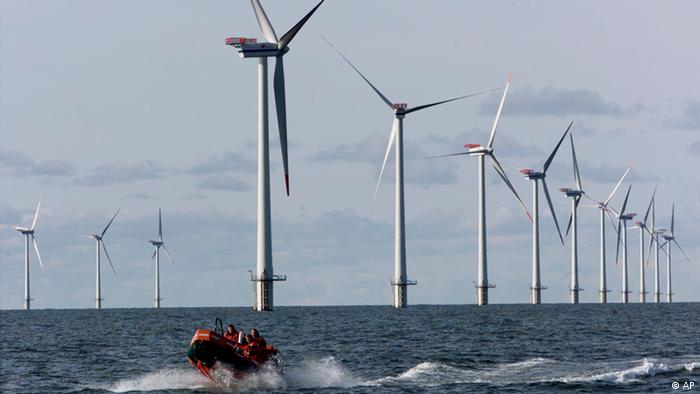 The wind will be blowing in a distinctly less favorable direction for the industry in 2013
The wind will be blowing in a distinctly less favorable direction for the industry in 2013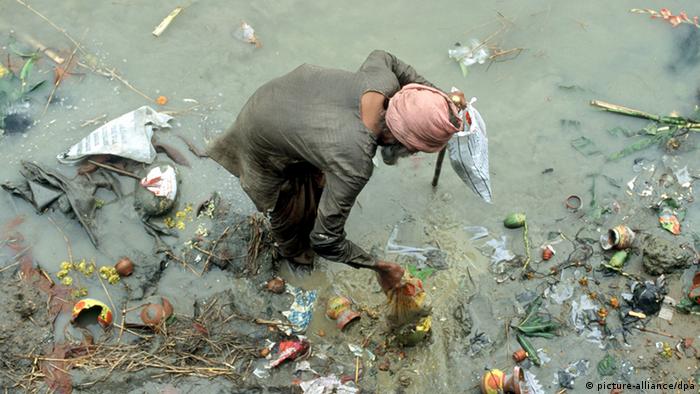 The World Bank is investing in the clean-up of the Ganges
The World Bank is investing in the clean-up of the Ganges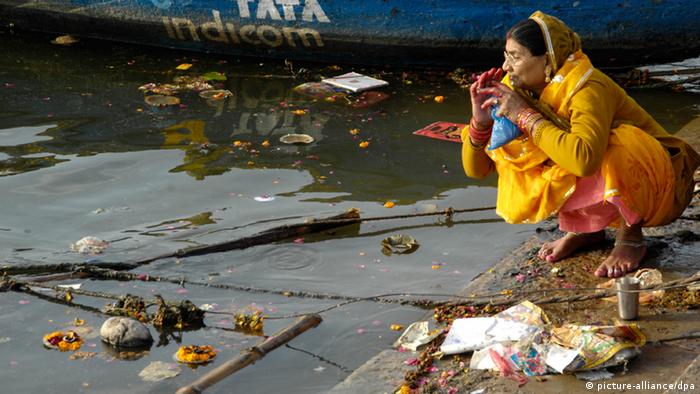 The Ganges River is a spritual place, where people go for ritual baths
The Ganges River is a spritual place, where people go for ritual baths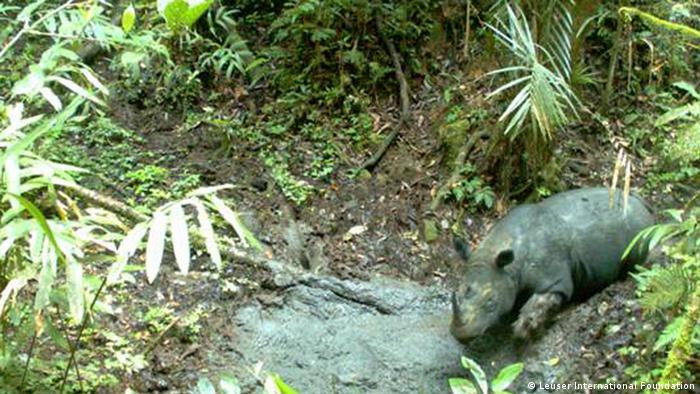 Proof of life: an infrared camera placed deep in the forest captured this rare image of the Sumatran rhino
Proof of life: an infrared camera placed deep in the forest captured this rare image of the Sumatran rhino There are fewer than 200 Sumatran rhinos left in the world
There are fewer than 200 Sumatran rhinos left in the world The rhinos were first discovered by researchers studying Sumatran tigers
The rhinos were first discovered by researchers studying Sumatran tigers The discovery of Sumatran rhinos may renew interest in conservation across the region
The discovery of Sumatran rhinos may renew interest in conservation across the region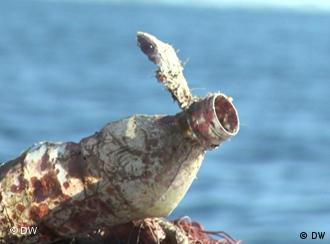 Various organisms can use plastic as a habitat
Various organisms can use plastic as a habitat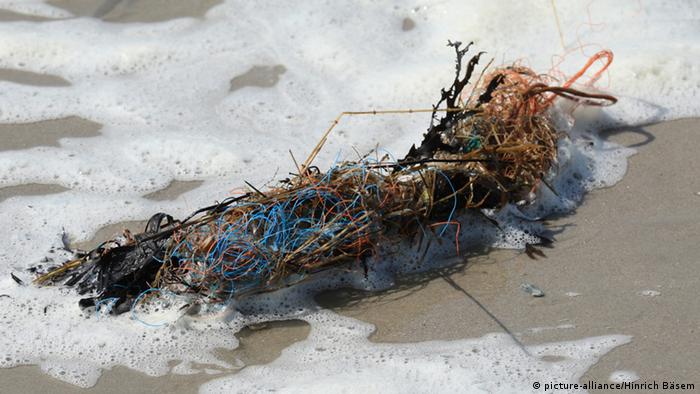 Fishing line: dangerous for some, but an ideal home to tiny organisms
Fishing line: dangerous for some, but an ideal home to tiny organisms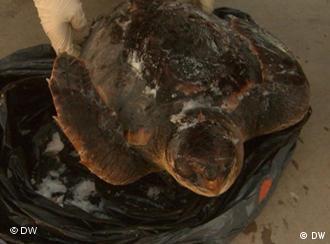 Turtles that consume plastic can die from its effects
Turtles that consume plastic can die from its effects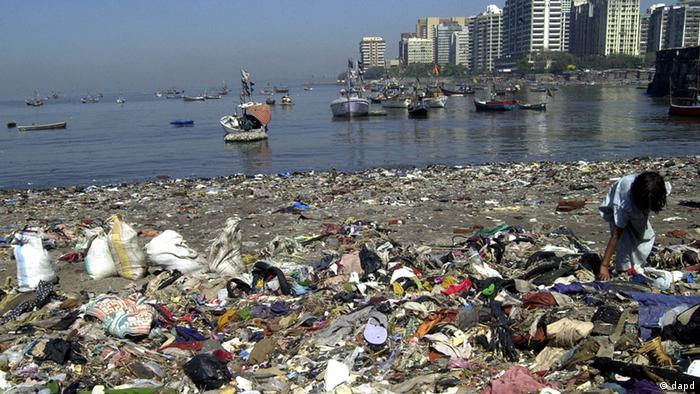 As cities grow rapidly, the amount of plastic waste does too
As cities grow rapidly, the amount of plastic waste does too